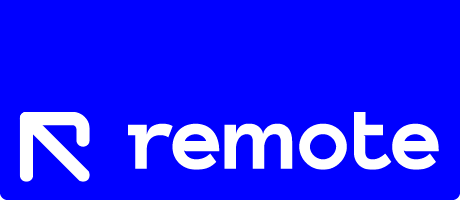Location and Router Management in the Remote Portal
Last updated on 16 October 2025
The Location and Router Management forms the administrative backbone of the Remote solution. Each controller (such as a ServiceGate, SmartController, or EdgeController) must be linked to a Location in the Portal.
Organization and Access Control
- Logical Grouping: Locations make it possible to clearly group controllers and connected equipment at different physical locations.
- Access control: Locations can be specifically linked to users. You can precisely manage who gets access to which site via the Portal.
- Status monitoring: The Dashboard of the Portal directly displays the Locations table, including the current connection status of the linked routers (Online/Offline).
Grouping Locations
For a clear structure, especially with a large number of locations, you can use Groups use. This helps you categorize locations based on criteria such as region, project, or customer.
- Advantage: Grouping helps to quickly filter and find specific locations within the Locations table.
- Setup: When creating or editing a Location, you can add one or more tags/labels that group the Location under a specific theme or project.
Routers in the Portal: Free Routers
After purchasing new controllers, they automatically appear in a separate section within the Portal as Free Routers. These routers are registered under your customer number but have not yet been linked to a specific location and are therefore not yet operational.
- What are Free Routers? These are controllers that are ready for use but are still waiting to be assigned to a logical location.
- When are they ready for use? Only after you have selected a router from the “Free Routers” section and linked it to a Location (see Step 3.1) can you put this controller into use.
Step-by-step plan: Setting Up a New Location
This step-by-step plan describes how to link a Free Router to a new Location and assign it to your user.
1: Add New Location and Link Router
From the Dashboard of the Locations table:
- Click on the “Add location” button or navigate via the main menu to “Management” > “Locations”.
- Fill in the required information in the opened window:
- Name: Give the location a clear, unique name (e.g., “Customer X – Production Line 3”).
- Router: Select the desired controller (ServiceGate, SmartController, EdgeController) from the list. Here you choose a device from the list of Free Routers. Once you choose a router, it is automatically linked to this location and is ready for use.
- Group (Optional): Add the desired tags or labels here to group the location (e.g., “Project 2025” or “Region South”).
- Save the new location.
2: Link the Location to Your User
To be able to see and manage the location on your Dashboard, you must link it to your user:
- Navigate in the main menu to “Manage users”.
- Find your username and edit it.
- Link the newly created location to your account. Repeat this for all other users who need access.
Router Status and Connection
After you have connected the physical controller on location and configured it to connect to the Remote Engineer cloud, the status is automatically updated in the Portal:
- Status indicator: The indicator next to the Location name in the table changes color, indicating that the router is successfully online and the location is reachable.
Conclusion (Next Steps)
The router is now linked to a Location and the managed and well-organized infrastructure has been created. The next steps depend on your objectives and may include:
- Using the Client software to establish a VPN connection to this location.
- Configuring Data logging to collect data from the connected equipment.
- Enabling Remote Access Services for targeted access to specific network services at the location.
